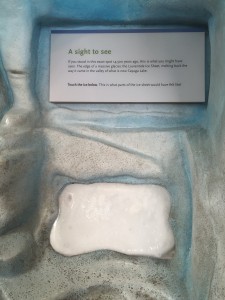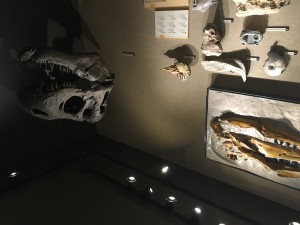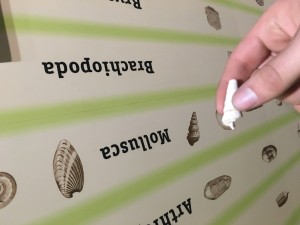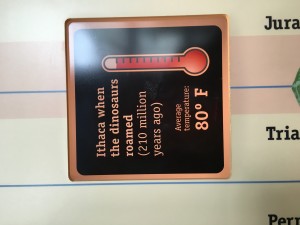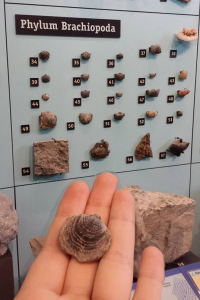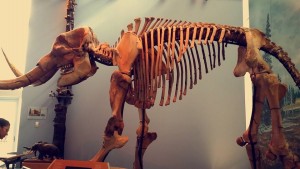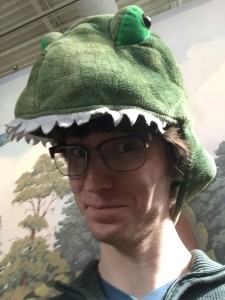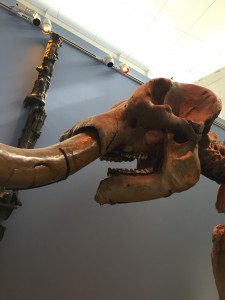Last week, I went to the Museum of the earth. As a local of Central New York, I have always heard of Earth museum in Ithaca. This was a great oppertunity to finally go inside and see what it was all about.
The collection was a bit disappointing. At first, I expected to be walking through a large collection of fossils. However, the museum was small and only took 30 minutes or so to walk through the entire museum. While the collection was interesting to see, I found myself most of the time looking at plastic models rather than real fossils. Why would a person want to come to a museum to see plastic models and animated animals? You can just google this and see the entire museum. This question kept repeating in my mind. I know that fossils are rare and hard to find, but I expected that with all the money put into the construction of the building itself, the collection of fossils would be a more impressive collection. In other words, I was more impressed with the building than with the collection of fossils.
The one thing that I found worthwhile at the museum was the tropical fish tanks. As a big fan of coral reefs and tropical fish, I was very impressed by the beautiful ocean scape in the tanks. It was interesting to see all the different strange looking plants and animals that lived in that tank. After observing these sea animals,the whole idea that life started in the ocean seemed to make sense. In many ways, it seems as though the ocean contains the entire story of evolution. While fossils are important, I find that the ocean can actually tell more about the story of the earth and life itself.
In the end, while the collection of fossils was not entirely impressive, the fish tanks at the end the tour made my day!

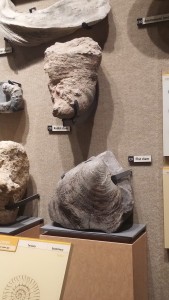

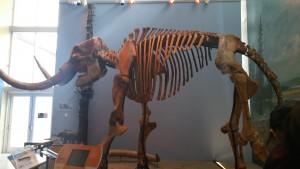
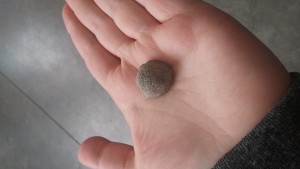
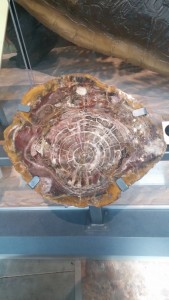
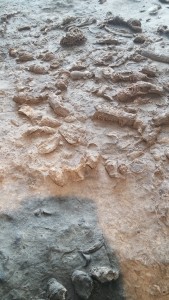



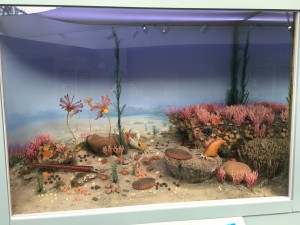
![IMG_0416[1]](https://blogs.cornell.edu/rosescholarssp16/files/2016/03/IMG_04161-1f0sorv-300x225.jpg)
![IMG_0418[1]](https://blogs.cornell.edu/rosescholarssp16/files/2016/03/IMG_04181-1kft9wn-300x225.jpg)
![IMG_0413[1]](https://blogs.cornell.edu/rosescholarssp16/files/2016/03/IMG_04131-zq62y5-300x225.jpg)
![IMG_0411[1]](https://blogs.cornell.edu/rosescholarssp16/files/2016/03/IMG_04111-1i025or-300x225.jpg)


